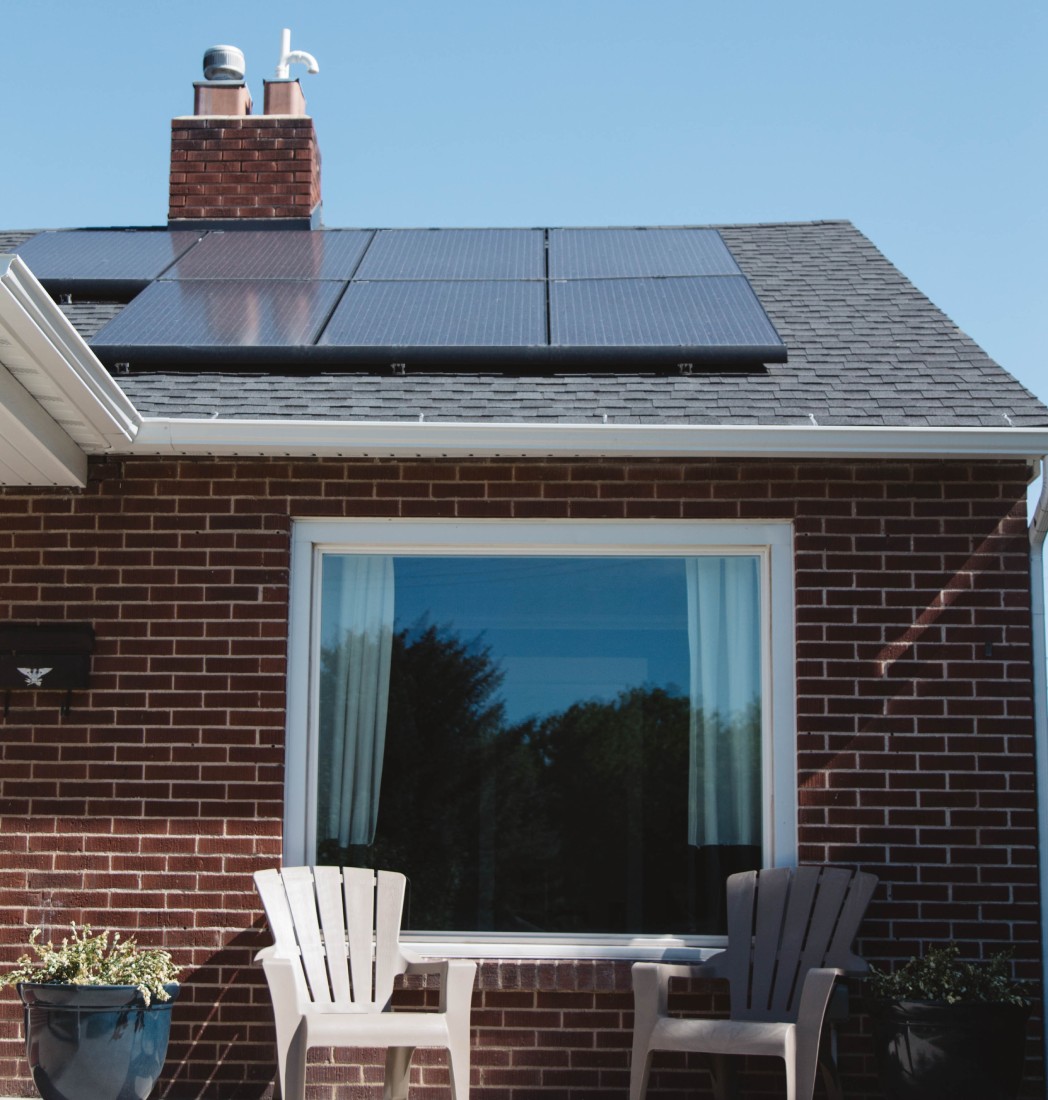Introduction
With rising energy costs and increasing awareness of the environmental impact of traditional energy sources, more and more homeowners are considering renewable energy options. One such option that has grown significantly in popularity over the last decade is solar power. With advances in technology making solar panels more efficient and affordable, homeowners around the world are asking the question: are solar panels a worthwhile investment?
Brief on Solar Energy
Solar energy is a type of renewable energy sourced directly from the sun. It can be harnessed in several ways, one of the most common being photovoltaic (PV) solar panels. These panels convert sunlight into electricity that you can use in your home. Not only does solar energy provide an environmentally friendly alternative to fossil fuels, but it also offers a way to reduce energy bills and potentially generate income by selling excess electricity back to the grid.
Importance of Renewable Energy
Transitioning to renewable energy sources is critical for the long-term health of our planet. Traditional energy sources, such as coal and natural gas, emit carbon dioxide and other greenhouse gases when burned for electricity. These emissions contribute to global warming and climate change. In contrast, renewable energy sources like solar power produce clean energy that emits no greenhouse gases.
Furthermore, unlike fossil fuels, which are finite resources, renewable energy is inexhaustible. The sun will continue to shine, providing us with an abundant source of potential power. By investing in renewable energy, we can help safeguard the planet for future generations while also creating sustainable and resilient energy systems.
Purpose of the Article
This article aims to provide an objective examination of the benefits and drawbacks of installing solar panels in homes. It will delve into the financial implications, including upfront costs, ongoing maintenance, and potential savings. It will also discuss environmental impacts, taking into account the energy needed for the production and installation of the panels compared to their potential energy output over their lifetime.
As we explore these topics, our goal is to provide homeowners with the necessary information to make an informed decision about whether solar panels are the right choice for their home and lifestyle. We encourage readers to consider not only the financial implications but also the broader environmental impact and potential contribution to creating a more sustainable future.
In the following sections, we’ll delve deeper into these aspects, exploring the mechanics of solar energy, examining costs and savings, and providing insight into the experience of homeowners who have chosen to invest in solar panels. So, let’s dive into the world of solar energy, starting with an in-depth look at how solar panels function.
Understanding Solar Panels
Solar panels have become a familiar sight in many communities, but what are they exactly and how do they function? To answer these questions and to help homeowners make an informed decision about solar power, it’s important to have a fundamental understanding of what solar panels are, how they work, the different types available, and how efficient they are.
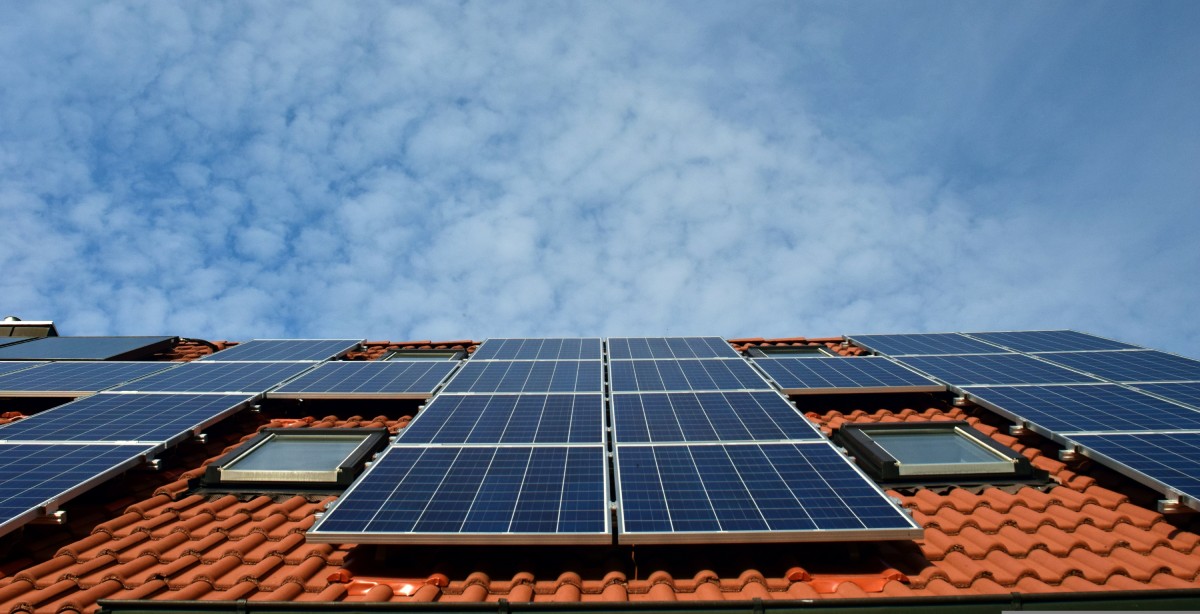
How Solar Panels Work
Solar panels, or photovoltaic (PV) panels, work by converting sunlight into electricity. Each panel is composed of many smaller units called solar cells. These cells contain layers of a semi-conductive material, typically silicon, which generates an electric field. When photons, or particles of light, hit the cells, they knock electrons loose from their atoms. The movement of these electrons creates an electric current, which is captured and can be used to power electrical appliances in the home.
Different Types of Solar Panels
There are three main types of solar panels used in residential solar installations: monocrystalline, polycrystalline, and thin-film.
-
Monocrystalline Solar Panels: These are made from a single, pure crystal structure which allows electrons to move more freely, resulting in a higher efficiency rate. They are also more expensive and recognizable by their even, dark coloring and rounded edges.
-
Polycrystalline Solar Panels: Unlike monocrystalline panels, polycrystalline panels are made from many different crystal structures. They are less efficient but also less expensive. They can be recognized by their speckled blue color.
-
Thin-Film Solar Panels: These panels are made by placing one or more films of photovoltaic material (such as silicon, cadmium, or copper) onto a substrate. They are the least expensive and least efficient of the three types. They have a uniform black appearance and are often used in situations where there is plenty of space, as they require more area to generate the same amount of electricity as mono or polycrystalline panels.
Solar Panels Efficiency
The efficiency of a solar panel refers to its ability to convert sunlight into usable electricity. It’s an important factor to consider when investing in solar panels because higher efficiency means more power generation, which can result in greater cost savings over the life of the system.
Efficiency can depend on many factors, including the type of panel, the quality of the solar cells, the angle and orientation of the panels, and the amount of sunlight the panels receive. Monocrystalline panels are typically the most efficient, often exceeding 20% efficiency, while polycrystalline panels generally have efficiencies around 15-17%, and thin-film panels offer efficiencies between 10-12%.
Keep in mind that while higher efficiency panels will produce more electricity, they’re also more expensive. When choosing solar panels, it’s important to balance the efficiency and cost to find the best fit for your needs and budget.
In the next section, we’ll take a closer look at the financial implications of installing solar panels, including the initial costs, potential savings, and government incentives available to offset these costs.
Benefits of Solar Panels
Harnessing the abundant energy provided by our Sun through solar panels is a remarkable way of generating electricity. By deploying solar panels, homeowners are able to realize numerous benefits that stretch beyond just energy production. These advantages, encompassing both personal and societal scales, make solar panels an investment worth considering. Let’s delve into these benefits.
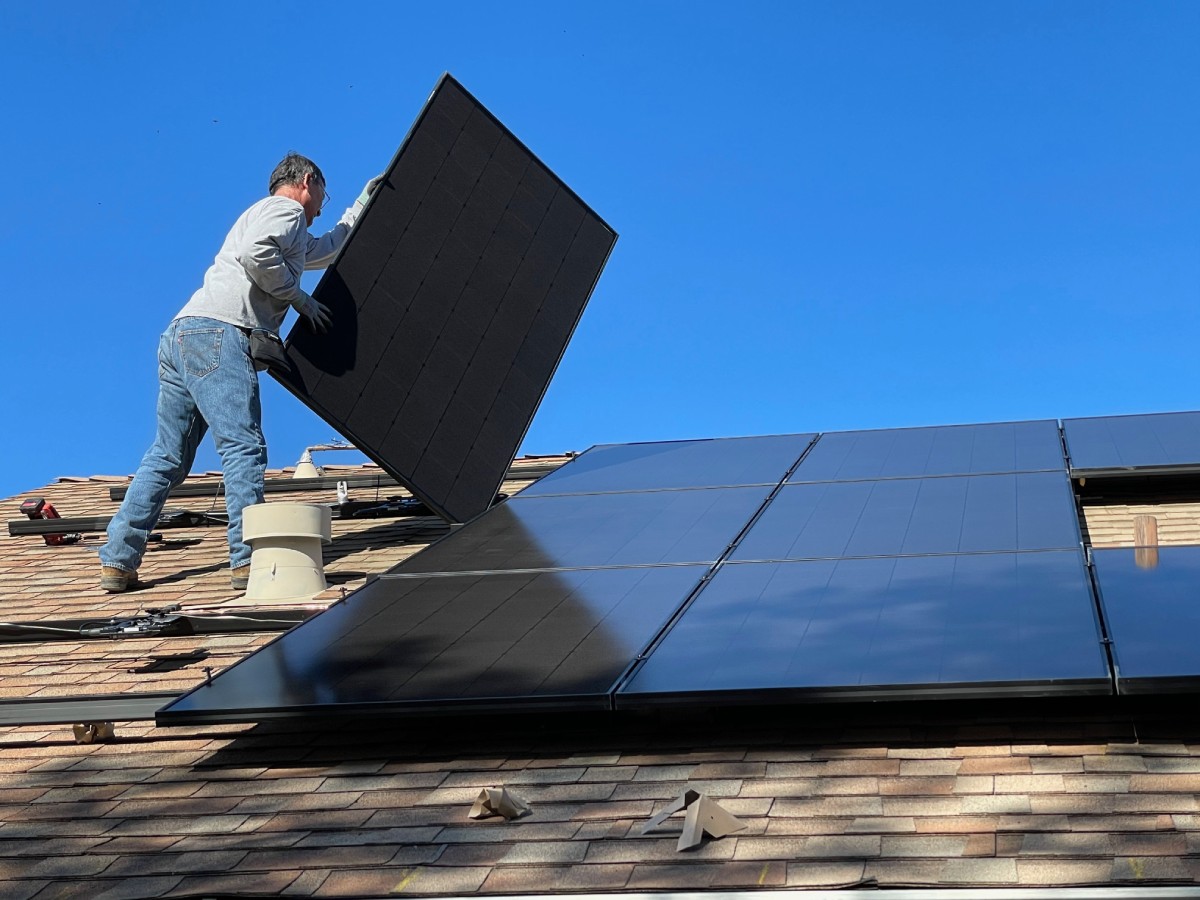
Environmental Impact
One of the most significant benefits of solar panels is their positive impact on the environment. Unlike conventional power sources, solar energy is clean, renewable, and virtually inexhaustible. Fossil fuels, such as coal and gas, are finite resources that also emit harmful greenhouse gases when burned for power. These gases contribute to climate change and degrade air quality. In stark contrast, solar panels generate electricity without emitting any greenhouse gases. Each kilowatt-hour of solar energy produced reduces the carbon footprint we leave behind on Earth.
Moreover, solar power production does not involve the extraction of raw materials, which can harm local ecosystems. From an environmental perspective, choosing solar energy over conventional power sources is an effective way of reducing our impact on the planet.
Energy Independence
The second notable benefit of using solar panels is the energy independence it provides homeowners. No longer will you be solely reliant on the grid or affected by fluctuating energy prices. Solar panels allow you to generate your own power right where you need it. This freedom not only brings economic stability but also empowers homeowners to take control of their energy use.
In addition, any surplus power you generate can often be fed back into the grid, effectively turning your meter backwards. This net metering process can result in even further savings and increases your energy autonomy.
Increase in Property Value
Solar panels can also significantly enhance the value of your property. As more people recognize the benefits of solar power, homes with pre-installed solar panels are becoming increasingly sought after. Solar-equipped homes often sell faster and at higher prices than their non-solar counterparts.
Various studies have shown that homebuyers are willing to pay a premium for solar homes. The exact increase varies depending on many factors, such as the size of the installation and the location of the property, but the upward trend is clear.
Financial Returns
In addition to the aforementioned benefits, it’s worth highlighting the financial returns on investment from solar panels. Over their lifespan, solar panels can generate an impressive return on investment by drastically reducing or even eliminating your electricity bills. The exact savings depend on factors like the cost of electricity in your area and the amount of sunlight your property receives, but in many cases, the investment in solar panels pays for itself many times over.
Moreover, several governments offer incentives for installing solar panels, such as tax credits, rebates, or feed-in tariffs, further enhancing the financial feasibility of going solar.
Overall, the benefits of solar panels extend beyond the mere generation of electricity. They contribute positively to the environment, grant energy independence, increase property value, and offer substantial financial returns. So, whether your motivation is environmental stewardship, personal autonomy, financial gains, or a combination of these factors, solar panels stand out as a worthwhile investment for homes.
Cost of Solar Panels
As we consider the investment in solar panels, it’s crucial to understand the costs associated with this technology. While solar panels offer substantial benefits, these must be balanced against their initial and ongoing costs. By examining these costs, we can create a clearer picture of the investment required and the financial returns one can expect.
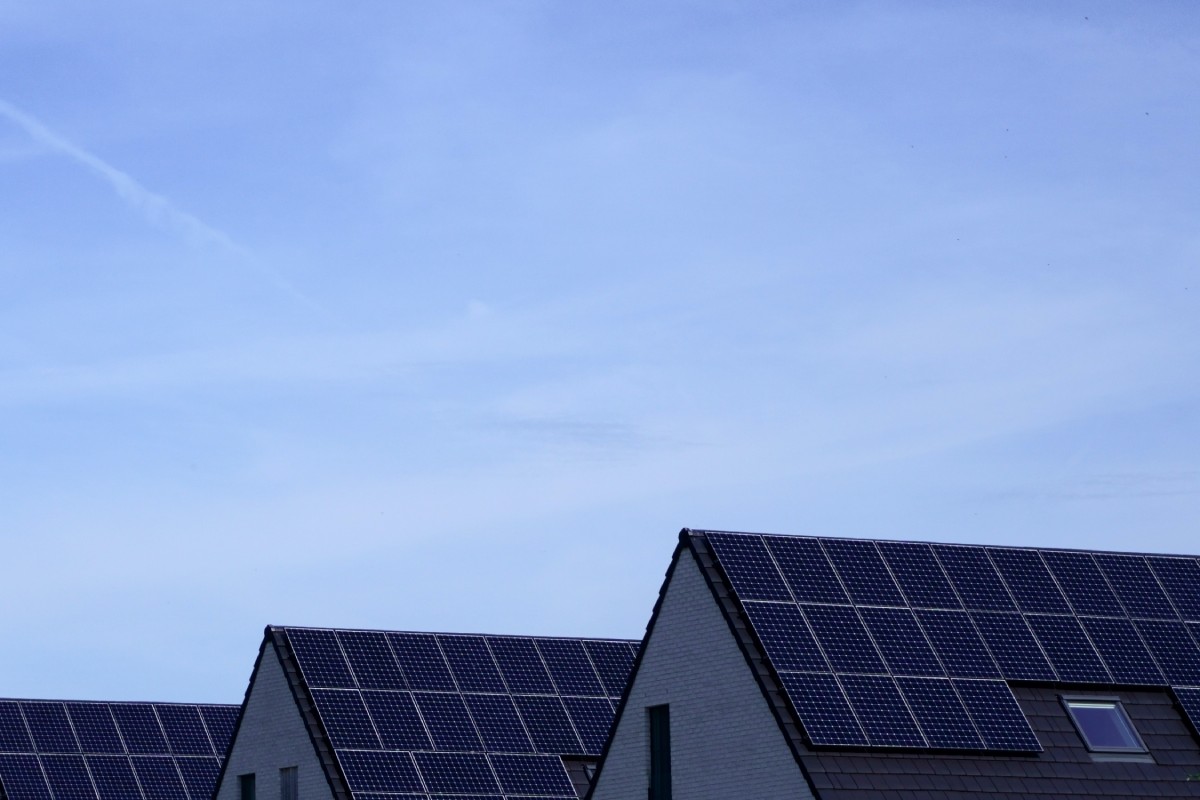
Initial Installation Cost
The upfront cost of installing a solar panel system is one of the most significant considerations for most homeowners. These costs include the price of the solar panels themselves, along with necessary equipment such as inverters, mounting hardware, and battery storage systems if applicable. Additionally, costs include professional installation, initial inspection, and potential upgrades to the home’s electrical system.
While these initial expenses can be considerable, it’s important to remember that they are a one-time investment. Once installed, solar panels generate electricity at virtually no cost for their lifetime, typically 25-30 years or more, offsetting the upfront cost over time.
Factors Influencing Cost
The cost of a solar panel system can vary considerably depending on a range of factors. These include:
Size and Capacity of the System
The larger the system, the higher the cost. However, larger systems also generate more electricity and can provide greater savings in the long run.
Quality and Type of Panels
Different types of solar panels, such as monocrystalline, polycrystalline, or thin-film, come with different price tags and efficiencies. Higher-quality panels tend to cost more but can produce more electricity per square foot and last longer.
Installation Complexity
The complexity of the installation process can impact cost. For example, if your roof is particularly steep or difficult to access, this could increase installation costs.
Geographic Location
Solar panel costs can vary depending on your location, as different regions have different levels of sunlight, different regulations, and different availability of installers and equipment.
Cost Trends Over the Years
One of the encouraging aspects of solar panel technology is the significant cost reduction seen over the past decade. The price of solar panels has dropped substantially due to advancements in technology and manufacturing processes, combined with increased market competition.
Looking ahead, industry experts predict this trend to continue. As the technology becomes even more mainstream and efficiencies continue to improve, solar panels will likely become an increasingly affordable option for homeowners.
Available Incentives
It’s also essential to consider available incentives when evaluating the cost of solar panels. Many governments offer significant subsidies or tax credits to homeowners who install solar panels. These incentives can drastically reduce the net cost of installation, making solar power a more financially feasible option.
Understanding the costs of solar panels is an important part of evaluating whether they are a worthwhile investment for your home. While the initial cost may seem high, the long-term savings, combined with the environmental benefits and potential increase in property value, make solar panels an attractive investment for many homeowners. With the ongoing trend of decreasing costs and available financial incentives, solar power is becoming an increasingly accessible solution for sustainable, independent energy.
Financing and Incentives
As we have acknowledged, the initial cost of installing a solar panel system can be substantial. However, numerous financial aids and incentives can significantly offset this investment, making solar power more attainable for many homeowners. In this section, we’ll explore some of the most common incentives and financing options available for solar installations.
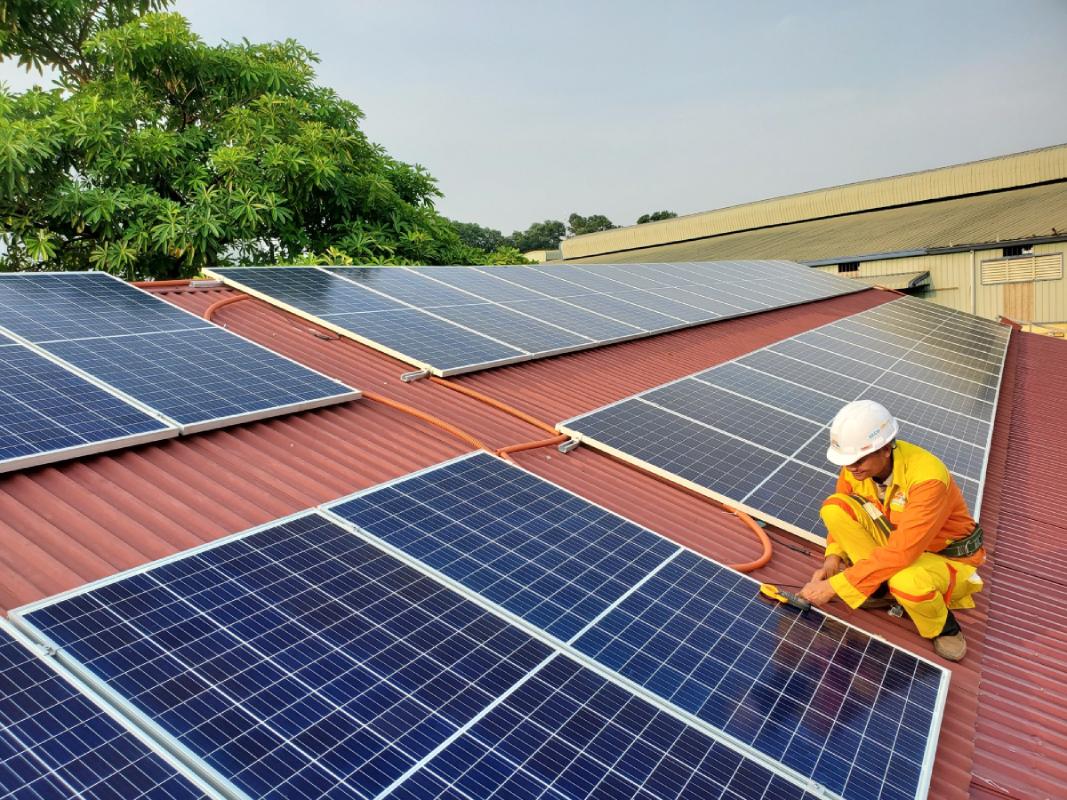
Federal Solar Tax Credit
The Federal Solar Tax Credit, also known as the Investment Tax Credit (ITC), is one of the most significant incentives for solar panel installation in the United States. The ITC allows homeowners to deduct a portion of their solar costs from their federal taxes. This tax credit can significantly reduce the overall cost of a solar panel system.
It’s essential to note, however, that the percentage of the ITC has been scheduled to decrease over the years. Therefore, the earlier you install your solar panel system, the more you can benefit from this tax credit.
State and Local Incentives
In addition to the federal tax credit, many states, municipalities, and utility companies offer their own incentives to encourage solar energy adoption. These incentives vary widely from region to region and can include grants, rebates, property tax exemptions, and performance payments, among others.
Many states also have policies like net metering, which allows homeowners to sell excess electricity generated by their solar panels back to the grid. This can further offset the cost of a solar panel system.
To find the specific incentives available in your area, databases like the Database of State Incentives for Renewables & Efficiency (DSIRE) can be extremely helpful.
Solar Financing Options
If paying the upfront cost of solar panels is not feasible, there are several financing options available. These include:
Solar Loans
Solar loans function much like other home improvement loans. They allow you to finance the entire cost of a solar panel system, which you then pay back over time with interest. The advantage of solar loans is that you own the system outright and can benefit from all incentives and tax credits.
Solar Leases and Power Purchase Agreements (PPAs)
With a solar lease or PPA, a third party owns the solar panel system, and you make monthly payments to lease the system or for the electricity it produces. These options require no or minimal upfront costs and provide a steady rate for solar power.
Home Equity Loans
You can also finance a solar panel system through a home equity loan. The interest on these loans is usually tax-deductible, which can make them a more affordable option.
Final Thoughts
When considering solar panels as an investment, it’s crucial to factor in the available financing options and incentives. They can greatly reduce the initial cost and make solar power a financially feasible option. As solar power becomes more prevalent, these incentives and financing options will play a key role in making solar panels a worthwhile investment for more homeowners.
Solar Panels and Energy Bills
Solar panels significantly alter the dynamics of your energy bills. By harnessing the power of the sun, these devices transform natural sunlight into usable electricity for your home, effectively helping you to trim your utility expenses. The extent to which solar panels reduce energy bills depends on multiple factors such as the amount of sunlight your home receives, the efficiency of your solar panels, and your energy consumption habits. By making a transition to solar energy, you are not just saving money on utility bills, but also participating in the preservation of our planet.

Reduction in Energy Bills
Investing in solar panels for your home can result in considerable savings. The energy produced by these panels offsets the amount you need to draw from the grid, thus reducing your monthly energy bills. While the initial investment might seem high, the subsequent savings on energy bills are substantial. The exact savings will vary based on the size of your solar system, your home’s energy consumption, and the amount of sunlight your location receives.
Net Metering Explained
Net metering is a billing arrangement that allows homeowners to sell excess solar energy back to the grid. When your solar panels produce more electricity than your home uses, that excess power is fed back into the public grid, and your energy meter literally spins backward. This process earns you credits with your utility company, effectively reducing your monthly bill further or even eliminating it entirely in some cases. Net metering is a powerful tool that enhances the financial returns of your solar investment.
Break-even Point
The break-even point refers to the time it takes for the savings from your solar panels to equal the initial investment cost. After reaching this point, you are essentially generating free electricity. The break-even period can vary, generally falling between 6 to 10 years, depending on factors such as the cost of your solar system, your average electricity bill, and the amount you save each month by using solar energy.
Factors Affecting the Break-even Point
Understanding the factors that affect the break-even point can help you plan your solar investment more effectively. These factors include:
- Solar system costs: The total cost of installing your solar panels, including the cost of the panels, inverter, wiring, and installation.
- Local electricity rates: The higher the local electricity rates, the more you save each month, leading to a shorter break-even point.
- Local solar incentives: Many areas offer financial incentives for solar panel installations, including tax credits, rebates, and grants, which can significantly reduce your upfront costs and shorten your break-even period.
- Sunlight exposure: The more sunlight your panels receive, the more electricity they generate, and the quicker you’ll reach your break-even point.
Taking into account these factors will not only help you understand when you can expect to recoup your initial investment but also how you can maximize the economic benefits of your solar system. In a world where energy costs continue to rise, solar panels serve as a sustainable and economical solution for your energy needs. The initial cost of solar panels may be daunting, but the long-term savings and environmental benefits make them a worthwhile investment.
Maintenance and Durability
Solar panels are renowned not only for their potential to generate clean energy and save on electricity costs but also for their remarkable durability and low maintenance needs. Once installed, solar panels offer an uninterrupted supply of power for many years, making them an attractive long-term investment for homeowners. However, understanding their life expectancy, upkeep requirements, and warranty aspects can help you maximize the return on your investment.
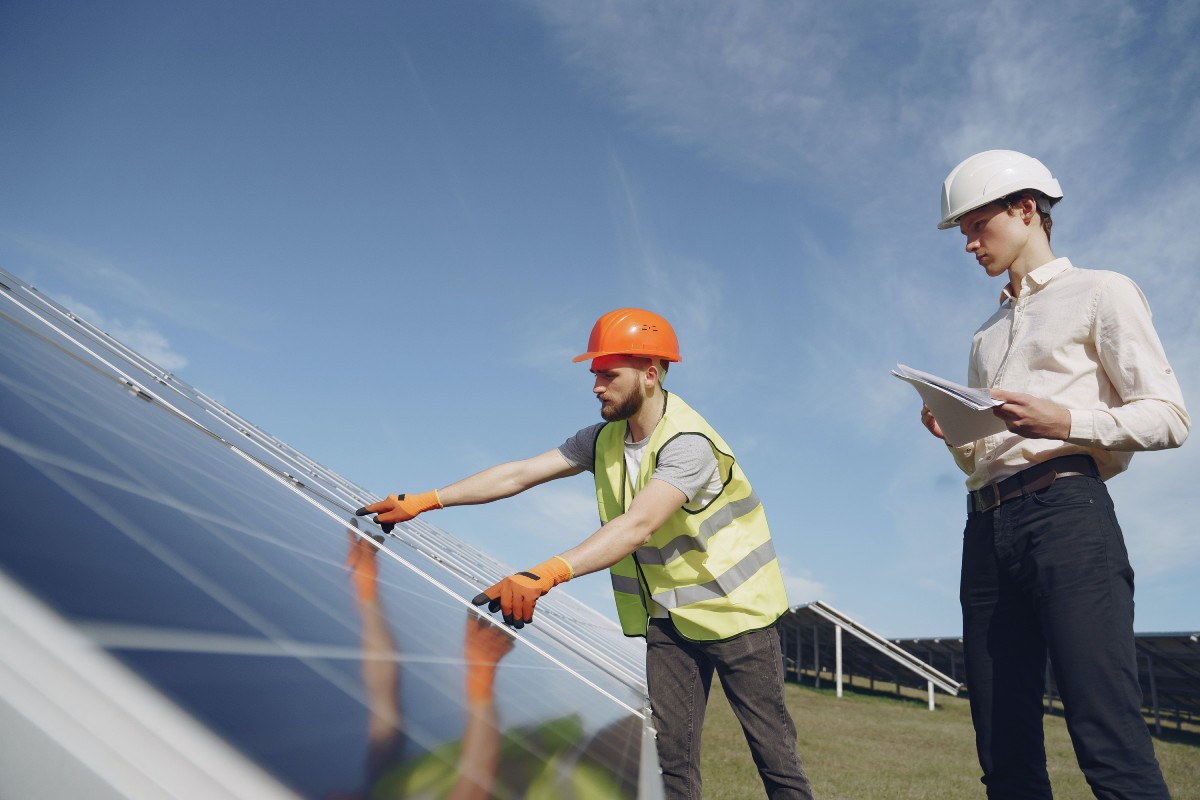
Life Expectancy of Solar Panels
Most high-quality solar panels are designed to withstand the test of time, offering service lives typically ranging from 25 to 30 years or more. This long lifespan is a testament to their durability and the robustness of their design. However, it’s important to note that the performance of solar panels does gradually decline over time - a phenomenon known as degradation. The industry-standard degradation rate is about 0.5% to 1% per year, meaning that after 25 years, your panels could still be operating at around 80-90% of their original capacity.
Maintenance Costs and Requirements
One of the main attractions of solar panels is their low maintenance requirements. Unlike many other forms of energy generation, solar panels have no moving parts, reducing the risk of mechanical failures. Routine maintenance mostly involves keeping the panels clean and free from debris, dust, and snow that could obstruct sunlight. In many regions, rainfall will naturally clean the panels. However, in dustier areas or places with a lot of bird activity, you may need to clean them more often.
For any technical issues or repairs, it’s recommended to contact a solar professional to avoid causing any damage to the panels or your roof. However, these instances are infrequent thanks to the robustness and reliability of solar technology.
The Impact of Maintenance on Performance
Regular maintenance can help optimize the performance of your solar panels. While solar panels are durable and can withstand a variety of weather conditions, small issues like a build-up of debris or a loose electrical connection can impact their performance. Keeping an eye on your energy output and carrying out preventative maintenance can help keep your system performing optimally and prolong its lifespan.
Warranty and Insurance Aspects
Most solar panels come with two types of warranties: a performance warranty and an equipment warranty. The performance warranty guarantees a certain level of output for a specific period, often 25 years, while the equipment warranty covers any defects or issues with the physical panels.
In terms of insurance, some homeowner’s policies will cover solar panels, while others may require an additional rider. It’s important to discuss this with your insurance provider before installation. Alternatively, some solar installers offer their own insurance policies.
Ensuring that you understand the warranty and insurance aspects can protect your investment and provide peace of mind.
In conclusion, the durability and low maintenance needs of solar panels, coupled with their long lifespan, make them a worthwhile investment for many homeowners. These factors, combined with the potential for considerable savings on energy bills, make solar power a compelling proposition for those seeking a sustainable, cost-effective energy solution.
Solar Power and Grid Connectivity
The way your solar power system interacts with the electrical grid has a significant impact on the effectiveness of your solar panels and the overall flexibility of your energy usage. Your solar system can be set up in three main ways: grid-tied, off-grid, or hybrid. Understanding these setups can help you make an informed decision about the best way to incorporate solar power into your home.
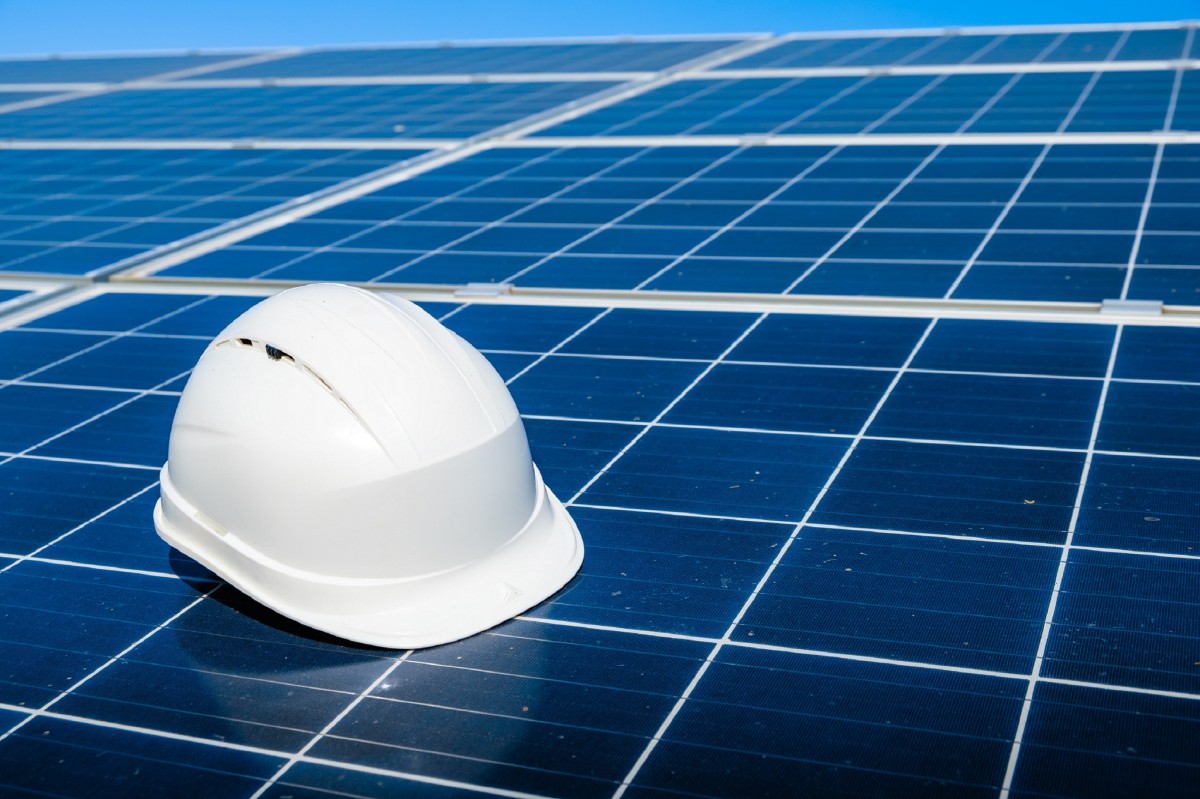
Grid-Tied Solar Systems
Grid-tied solar systems are the most common type of solar setup for residential homes. These systems are connected to the local electrical grid. During the day, your solar panels produce electricity. If they produce more electricity than you need, the excess power is fed back into the grid. This process can earn you credits on your utility bill through a system known as net metering. At night, or on days when your panels aren’t producing enough power, you can draw electricity from the grid. This setup offers a balance between solar power usage and grid dependence, ensuring a steady supply of power.
Off-Grid Solar Systems
Off-grid solar systems, as the name suggests, operate independently from the electrical grid. These systems rely on a combination of solar panels and battery storage to meet all of a home’s energy needs. During the day, the solar panels power your home and charge the batteries. At night, or on days when the panels aren’t producing enough power, your home draws electricity from the batteries. Off-grid systems provide complete energy independence but are typically more expensive due to the need for extensive battery storage. They are most suitable for remote locations where grid connection is challenging or costly.
Hybrid Solar Systems
Hybrid solar systems combine the best of both worlds. They are connected to the grid but also include battery storage. During the day, the solar panels power your home and charge the batteries. When your panels aren’t producing enough power, you can either draw electricity from the grid or use the power stored in your batteries. This type of system offers increased flexibility. It allows you to use your stored power during peak utility rates, save it for a power outage, or even sell it back to the grid if your utility company allows for it.
The Choice Depends on Your Needs
The right setup for your home depends on your specific needs and circumstances. Considerations include the reliability of your local grid, the rates your utility company offers for solar power, the cost of installing a battery system, and your desire for energy independence. Understanding these systems can help you make a decision that aligns with your lifestyle and energy goals.
Solar power systems, regardless of their grid connectivity, offer a way to harness renewable energy and reduce reliance on fossil fuels. They represent a tangible step towards a more sustainable future while providing homeowners with a practical way to reduce their energy costs. As technology advances and solar power becomes increasingly mainstream, more homeowners may find these systems a worthwhile investment for their homes.
How to Get Started
Transitioning to solar power is a significant decision that requires planning and preparation. By considering the solar potential of your property, selecting the right solar installer, and understanding the installation process, you can ensure a smooth and beneficial transition to solar energy. With the right approach, installing solar panels can be a straightforward and rewarding process.
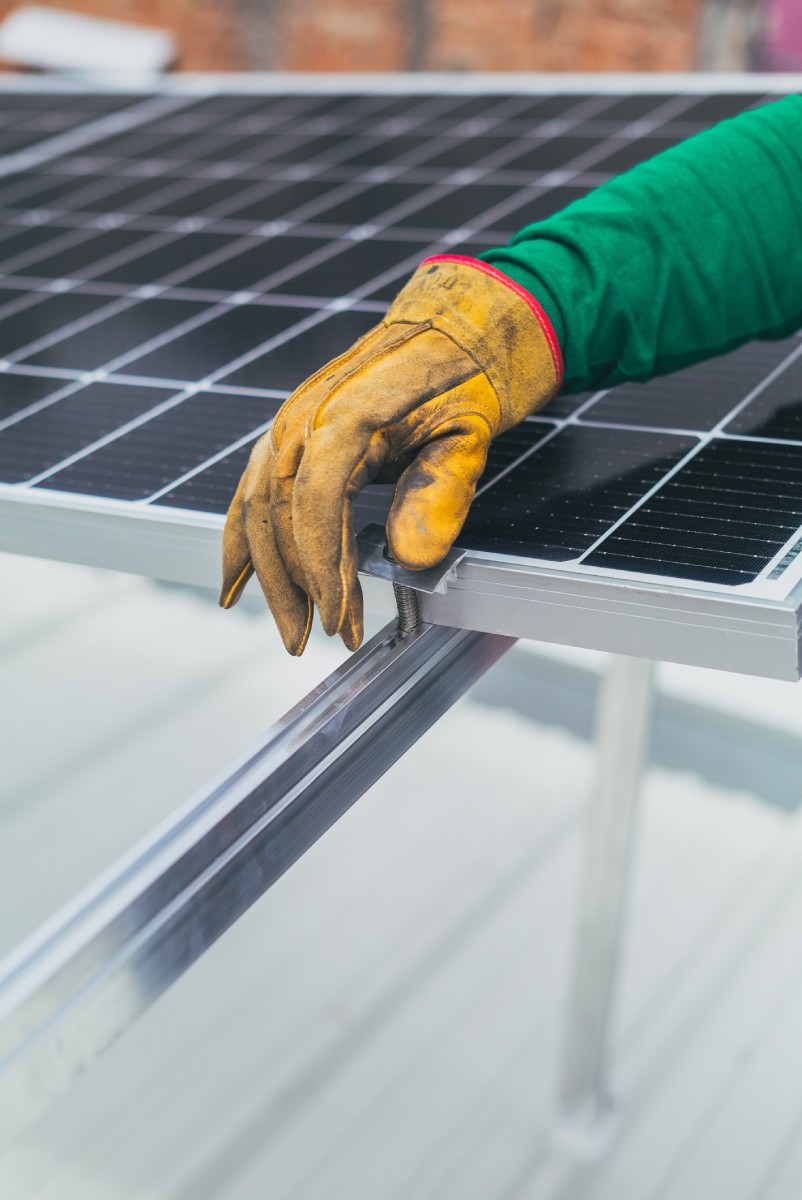
Assessment of Solar Potential
The first step towards installing solar panels is assessing the solar potential of your home. This process involves considering the amount of sunlight your property receives, the orientation of your roof, and any potential obstructions like trees or buildings that could cast shadows on your panels. There are online tools and professionals that can help you estimate the solar potential of your property.
Understanding Your Energy Consumption
Understanding your home’s energy consumption is also vital in assessing your solar potential. The goal is to size your solar system to meet your energy needs. A careful review of your past utility bills will provide insight into your energy usage patterns and help determine the appropriate system size for your home.
Choosing a Solar Installer
Selecting a reliable and experienced solar installer is key to a successful solar installation. Look for installers who are certified, have positive customer reviews, and offer robust warranties. It’s also beneficial to get quotes from multiple installers to compare pricing and offerings. Make sure to ask about their experience, their approach to designing solar systems, and their service after the installation.
Installation Process and Time Frame
The installation process begins with the design of your solar system, which should take into account your energy needs, the solar potential of your property, and your budget. Once the design is finalized, the installer will handle the necessary permits and paperwork.
The actual installation of the solar panels usually takes one to three days, depending on the size of the system. However, the time from signing the contract to having the system fully operational can be several weeks or even months, factoring in time for permitting, inspections, and grid interconnection.
Post-Installation Considerations
After the installation, your solar system will need to pass a final inspection before it can be connected to the grid. Your installer should also provide guidance on monitoring the performance of your system and maintaining your panels.
In conclusion, transitioning to solar energy involves several key steps, but with careful planning and a reliable installer, the process can be straightforward and beneficial. Solar panels not only reduce your energy bills and carbon footprint, but they also increase your energy independence, making them a worthwhile investment for many homeowners. As you embark on your solar journey, remember that the upfront effort and investment can lead to significant long-term benefits.
Conclusion
As we’ve navigated the topic of solar panels for homes, it’s clear that these renewable energy systems can offer significant benefits, both financial and environmental. Although the transition to solar involves an upfront investment, the potential for long-term savings, the prospect of energy independence, and the contribution to a sustainable future make solar panels a worthwhile consideration for many homeowners.
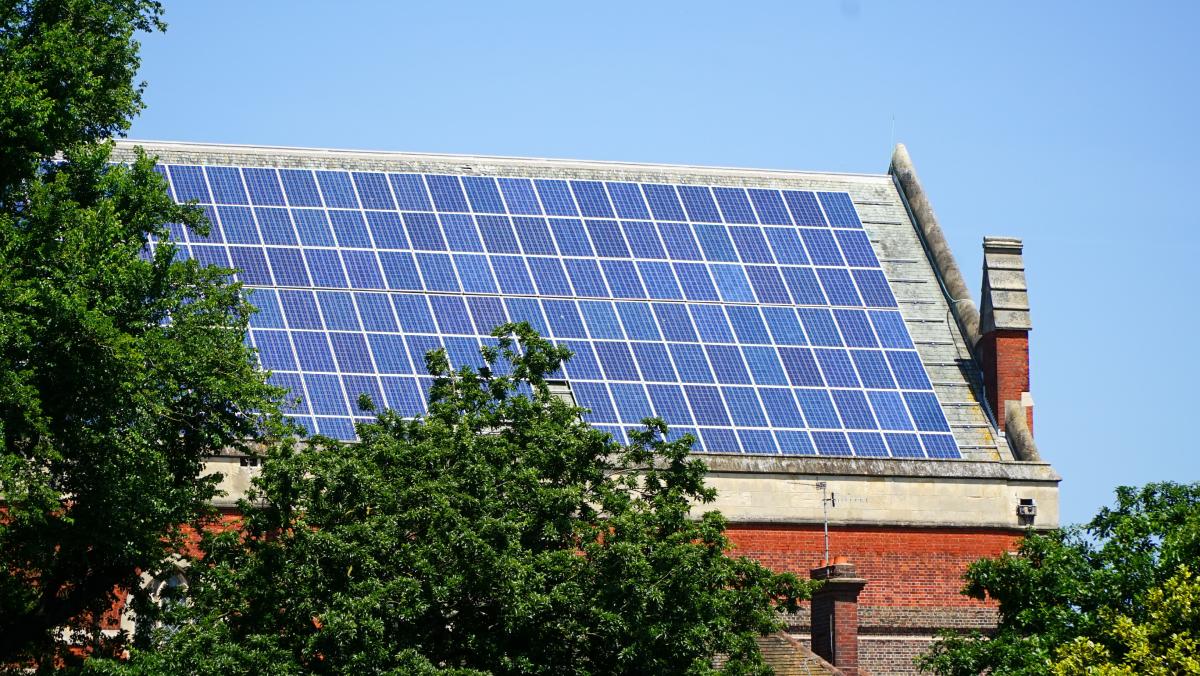
Recap on Solar Panels as an Investment
Solar panels can be a sound investment, offering financial benefits in the form of reduced energy bills and potential earnings through net metering. Combined with federal tax credits and local incentives, homeowners can see a return on their investment within several years. The maintenance costs are typically low, and with a lifespan often exceeding 25 years, solar panels provide value for many years after they’ve paid for themselves.
Emphasis on the Role of Solar in Sustainability
Beyond the financial aspect, investing in solar panels contributes to the broader goal of sustainability. Solar power is a clean, renewable energy source that helps reduce reliance on fossil fuels, curbing greenhouse gas emissions and lessening our impact on the environment. It’s an actionable step individuals can take towards mitigating climate change.
Looking to the Future
Moreover, the advancements in solar technology and energy storage, along with the decreasing costs, point towards an even more promising future for solar energy. As these trends continue, it’s likely that solar power will become an increasingly viable and common energy solution.
Encouraging Readers to Explore Solar Options for Their Homes
If you’re contemplating the switch to solar, we hope this guide has provided valuable insights into the benefits and considerations associated with solar panels for homes. Remember, each home is unique - the right solar setup for your home will depend on factors such as your energy consumption, the solar potential of your property, and your budget.
Seeking Professional Advice
To get started, consider engaging a professional solar installer who can provide a detailed assessment and guide you through the process. It’s an investment not just in your home, but also in a sustainable future.
In conclusion, the journey to solar power might require time and initial investment, but the potential rewards - from shrinking your utility bills to reducing your environmental footprint - are considerable. For many homeowners, solar panels could indeed prove to be a worthwhile investment. Here’s to harnessing the power of the sun, today and for the years to come!

